THE “GREAT UMPIRE” FANS WEE WILLIE (1922)
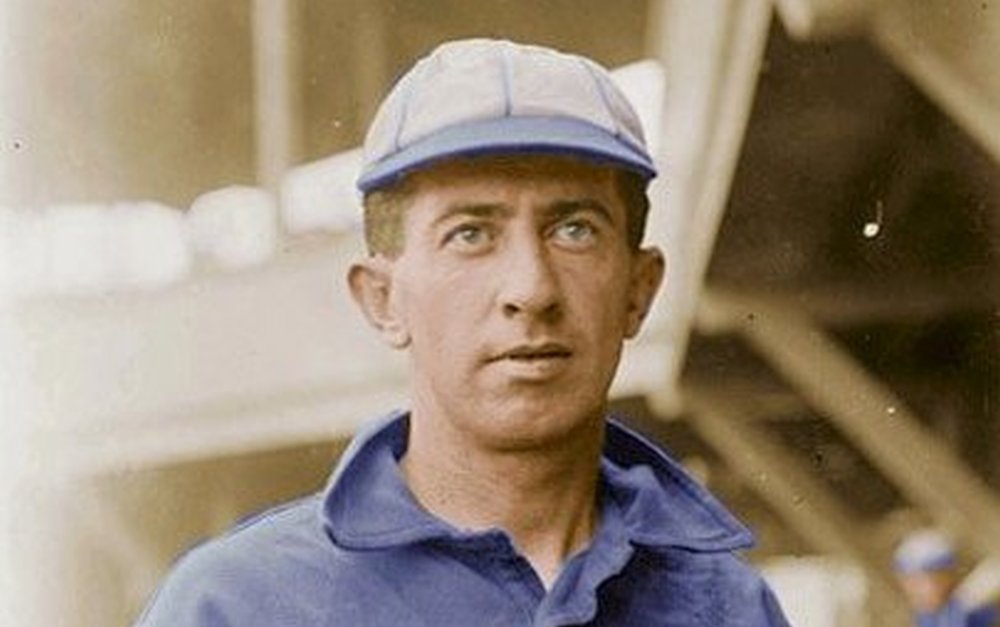
Brownstone Detectives investigates the history of our clients’ homes.
The story you are about to read was composed from research conducted in the course of one of those investigations.
Do you know the history of YOUR house?
********************************************************************************************************************************
When we research the histories of our clients’ homes, we inevitably uncover stories that tell part of the narrative of our neighborhoods. Today, we present a short piece on a ballplayer who was once so famous – and such a great player – that he was nicknamed “the Brooklyn Astor” for what he was paid to played for a Brooklyn ball club. This was Wee Willie “Hit ’em, where they ain’t” Keeler who predicted his death at moments after the strike of midnight on New Years Eve.
************************************************************************************************
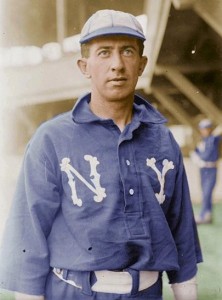
Hall of Famer Wee Willie Keeler, known for his “hit ‘em where they ain’t” strategy, was “born and bred” in the “Eastern District” of Brooklyn.
As a matter of fact, he lived at two particular addresses – and went to school and played ball at another two – all within today’s Bedford-Stuyvesant.
Keller, who played primarily for the Brooklyn Superbas and the Baltimore Orioles from 1892-1910, was referred to as the Brooklyn Millionaire when he retired. Keeler had been the first ballplayer to be paid $10,000 a year. He died, though, a pauper, living in a dim second floor apartment at 1010 Gates Avenue and having never married or sired a child.
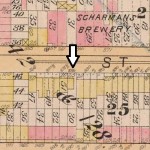
In ill health toward the end of his life, he grew mortally ill at the very end of 1922. Vowing to live, though, into 1923, he had farewell cigars and drinks with his brother and friends for New Year’s eve, then passed at around 1 a.m., on 1 January.
The papers that day headlined the story, with one reading: “WILLIE KEELER STRUCK OUT BY THE GREAT UMPIRE.”
LITTLE BILLY KEELER OF 376 PULASKI

The nucleus of William Henry Keeler’s youth was spent within a few blocks of his house. He, his parents and his older brother, Thomas, grew up on Pulaski Street, at number 376, directly across the street from Scharman’s Brewery (neither building has survived – 376 is a parking lot).

Just a few blocks distant, Keeler attended Public School No. 26, near the corner of Gates Avenue and Ralph Avenue. And the sandlot where he played baseball as a member of the Rivals, was at the corner of Greene Avenue and Broadway.
THE BIG LEAGUES

His first chance to play with a semi-professional team, was when a scout from Binghamton saw him playing in Brooklyn in 1892, and offered for him to play upstate with a team there.
Soon he was playing for the New York Giants (they would someday become the San Francisco Giants), the Brooklyn Grooms (they would some day become the Brooklyn Dodgers, starting over at Washington Square in Park Slope), the Baltimore Orioles, and the Brooklyn Superbas.
But, in the early days, when he was playing, unlike with today’s star ball-players, Keeler had to supplement his eight months of ball-playing with another job. When he wasn’t paying the bills with his onfield skills, he was driving a trolley. His father had been a switchman and a motorman on the DeKalb Avenue line, and so he easily took to driving streetcars.
By 1903, when the New York Highlanders (which would become the New York Yankees) had offered him that $10,000-a-year contract, though, he was all baseball, investing his money in real estate and living the easy life the other four months.
THE END: WEE WILLIE KEELER OF 1010 GATES
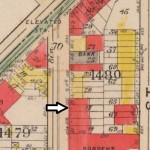
When the end came, Keeler was living in a small second floor apartment near the corner of Gates and Broadway. All but forgotten, Keeler had invested in real estate the last 15 or so years of his life. He did not invest wisely, though, and when the real estate “freeze” came during the war, he almost lost everything. The National and American League voted him a loan of $5,000 to “cover” some of his real estate, which put him on an even footing in his final days.
At his wake, which took place in that second floor apartment at 1010 Gates, in the “tan brick house with the chocolate-colored cornice and the ornamental trim,” more than 200 members of the Brooklyn Lodge of the Elks, No. 22, passed by his coffin, each dropping a single red lapel rose into his casket.
Half a dozen of his old ballplayer friends, led by John McGraw, former teammate of Keeler’s and now the manager of the world champion New York Giants and one of the most celebrated men in America, acted as pallbearers as his casket was moved from in front of the bay window of his apartment, carried down the stairs to a waiting hearse, and driven to Calvary Cemetery in Queens.
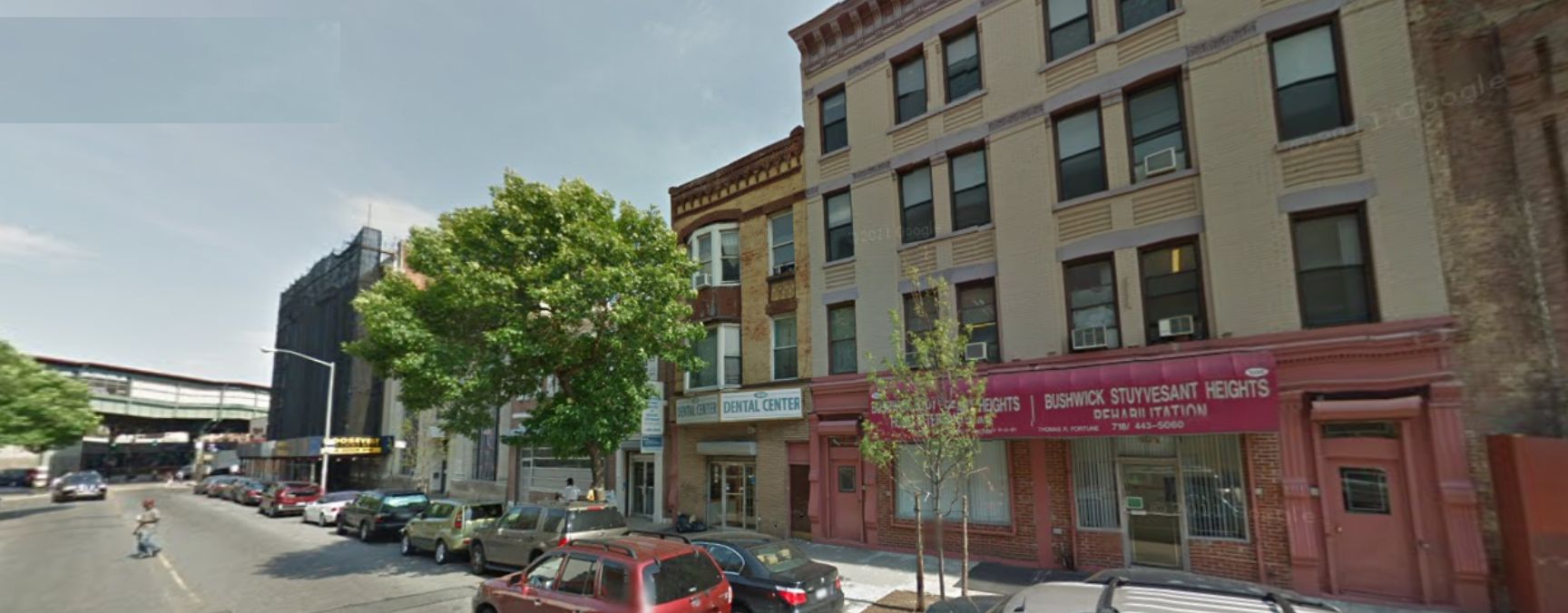
———————————————————————————————————————–
 Brownstone Detectives is an historic property research agency. Our mission is to document and save the histories of our clients’ homes. From our research, we produce our celebrated House History Books and House History Reports. Contact us today to begin discovering the history of your home.
Brownstone Detectives is an historic property research agency. Our mission is to document and save the histories of our clients’ homes. From our research, we produce our celebrated House History Books and House History Reports. Contact us today to begin discovering the history of your home.